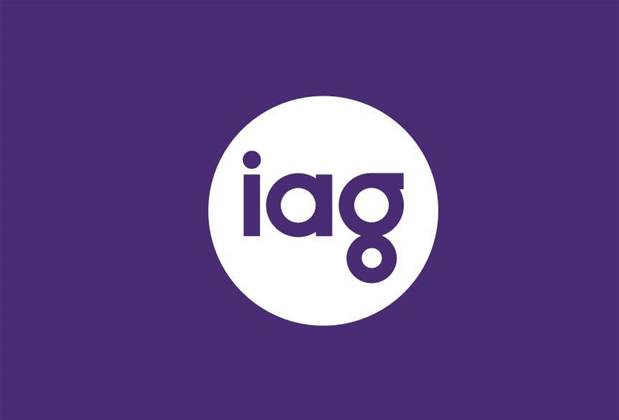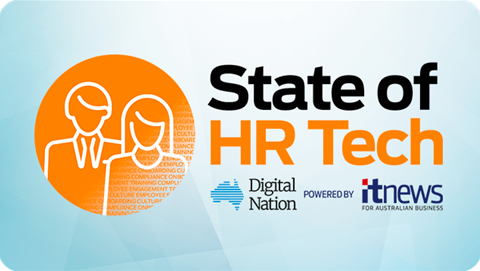Insurer IAG has put in place a rigid structure to progress and deliver process automations that is credited as bringing focus to its efforts.

Automation evangelist Probir Dutt told UiPath’s automation breakthroughs conference that he joined the insurance group in 2018 “to try and breathe some life into an automation journey that hadn't quite made it onto the road.”
“There was a lot of enthusiasm and a lot of good intentions but for one reason or another, we hadn't quite made a start in unlocking the [value],” Dutt said.
“So my responsibility was to try and build the pipeline, identify the opportunities, drive those opportunities through the pipeline, and, more recently, taking all the good work that we've done with RPA [robotic process automation] on those foundation stones that you have to build and moving the organisation more up the artificial intelligence maturity curve through to IPA [intelligent process automation].”
Dutt said that bringing structure to the automation effort was instrumental in driving change.
“One of the key breakthroughs was the structure, the way that we manage the pipeline,” he said.
“We've got a very rigid pipeline ranging from a stage zero, we call it … right through to business-as-usual.
“We have a validation stage where we look at automation candidates to see if we can really automate them and bring value.
“We assess the return on investment: how expensive is it to deliver? What's the return going to be? What timelines can we deliver these things in? What's the complexity?
“[The structure goes] right through to coding and putting [automations] into what we call hypercare which is a warranty period on the platform, and then driving them right through to productivity.”
Dutt said the structure was important in part because it meant that an automation needed to pass through staged gates in order to progress.
“What we've found is it's important to be able to validate each one of those stages before you move on,” he said.
“What that did was it meant that we don't waste time working on automation opportunities that are never going to get to the end of the pipeline.
“You try and filter those out as quickly as possible so you're only investing valuable time in opportunities that are going to actually reap that ROI [return on investment] reward.”
Proving ROI had also been important to shift the funding model for automation projects from an earlier “cap-in-hand”, project-by-project approach, with automation repositioned as something that added value.
“I think we've actually established that automation does give significant ROI in the hundreds of percent,” Dutt said.
Broadly, Dutt envisioned a future where insurance claims processing could become much more streamlined - even near real-time - courtesy of automation.
“You can imagine a world in insurance where somebody makes a claim and then two seconds later, that claim is validated and paid,” he said.
“Using automation and all the validation within a highly regulated environment can really enable that to happen moving forward.”
At the same time, Dutt said he believed automation would prove to be good for employees, since it promised to relieve them of “high volume, low value” work.
“I've always seen automation, both initially robotics and now more artificial intelligence, as a saviour to the workforce,” he said.
“A lot of the stuff that we do on a day-to-day basis, let's face it, is not that exciting. If we can use automation to take away some of that boring stuff, and free up our time to focus on the stuff that we really enjoy, everybody benefits.”
He added that he would like to bring IAG to a point where automation could be mapped into certain roles, and those roles redesigned to take advantage of freed up time on the employees’ part.
“We're not quite there yet, but [I’d like to be] moving forward into resource mapping, where we can actually identify roles where we can automate, and then start to reinvest in those individuals, and then retrain them for functions that we can't automate, so giving even more fulfillment to those employees moving forward, and longevity as well,” Dutt said.
Dutt said that he would also ultimately like C-level leaders, such as the chief financial officer, to be making decisions on what to do with freed up time and resources.


_(20).jpg&h=140&w=231&c=1&s=0)


.png&h=140&w=231&c=1&s=0)





 iTnews Executive Retreat - Security Leaders Edition
iTnews Executive Retreat - Security Leaders Edition












_(1).jpg&h=140&w=231&c=1&s=0)



